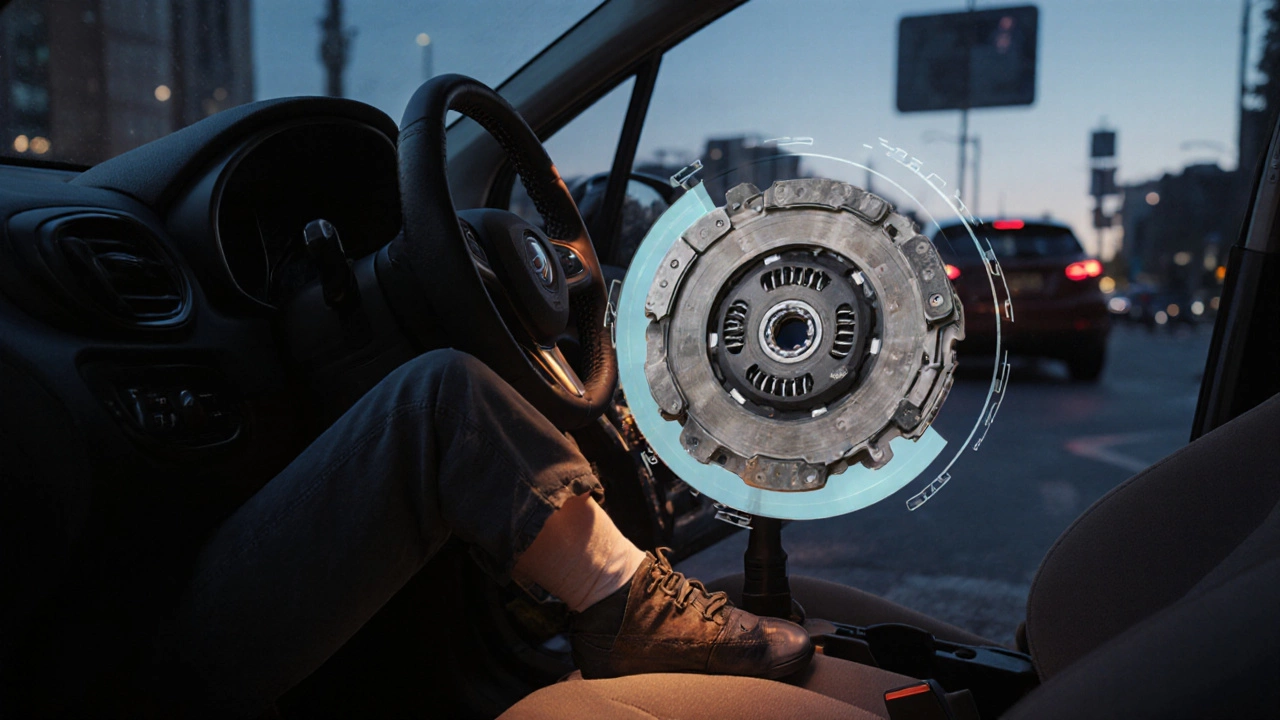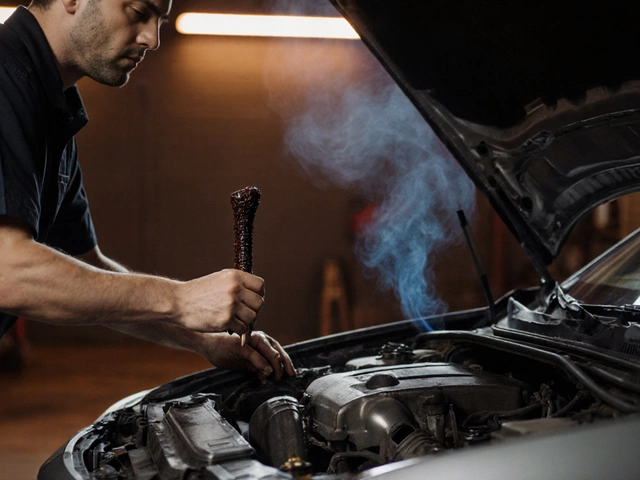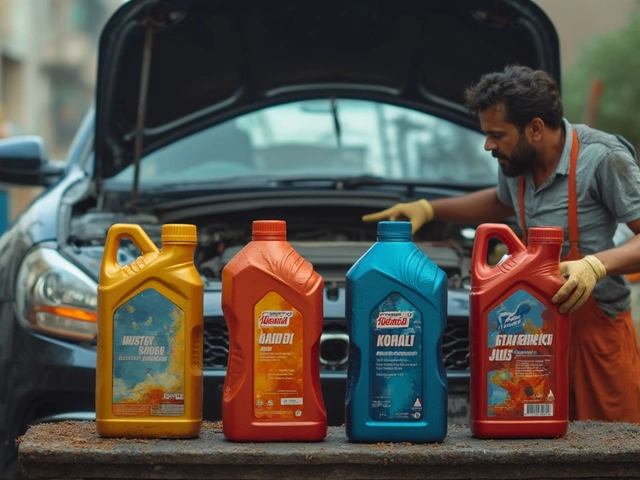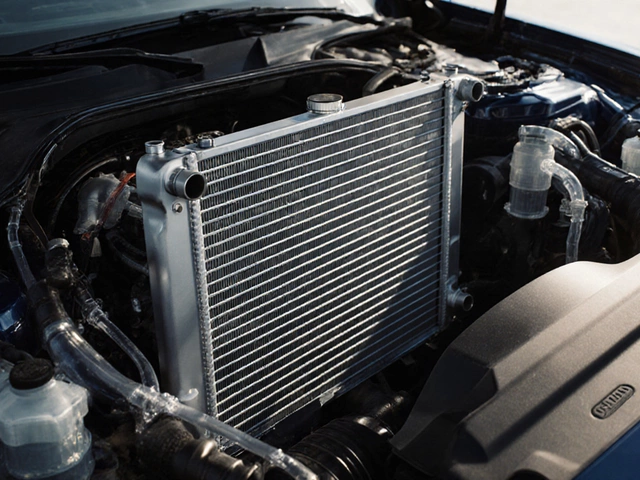
Clutch Inspection: How to Spot Wear, Symptoms, and When to Act
When you press the clutch pedal, you’re engaging a critical part of your car’s drivetrain called the clutch, a mechanical component that connects and disconnects engine power from the transmission. Also known as a friction disc system, it’s what lets you shift gears smoothly without grinding. If your clutch starts slipping, sticking, or feeling spongy, it’s not just annoying—it’s a warning you’re one bad hill away from being stranded.
A proper clutch inspection, a diagnostic process to check the condition of the clutch assembly and related components isn’t just about checking pedal feel. It’s about spotting early signs like a clutch that engages too high, a pedal that feels lighter than usual, or a car that revs without accelerating. These aren’t normal wear-and-tear quirks—they’re red flags. A worn clutch disc, a warped flywheel, or a leaking master cylinder can turn a small repair into a $1,200 job. And if you’re driving with a burnt clutch, you’re not just risking damage—you’re risking safety. Clutch problems don’t always scream. Sometimes they whisper: a slight delay when shifting, a faint burning smell after stop-and-go traffic, or the engine revving higher than it should when you’re in gear.
Related to this is the clutch adjustment, the process of setting the correct pedal free play to ensure full engagement and disengagement. Many drivers don’t realize their clutch can be tuned, not just replaced. Too much or too little free play leads to premature wear. Then there’s the clutch wear, the gradual thinning of the friction material on the clutch disc due to normal use and driving habits. Aggressive driving, riding the clutch at traffic lights, or frequent hill starts in heavy traffic all speed it up. You don’t need a mechanic to spot the signs—just pay attention. Does your car hesitate when you let off the gas? Does it lurch when you shift from first to second? That’s not the transmission—it’s the clutch giving up.
What you’ll find below are real-world guides from drivers and mechanics who’ve been there. You’ll learn how to tell if your clutch is failing before it leaves you on the side of the road, what a clutch inspection actually involves, how much clutch replacement costs in 2025, and why some people replace their clutch at 50,000 miles while others get past 120,000. No fluff. Just what works, what doesn’t, and what you need to know before you hand over your keys.
-
8 Oct






